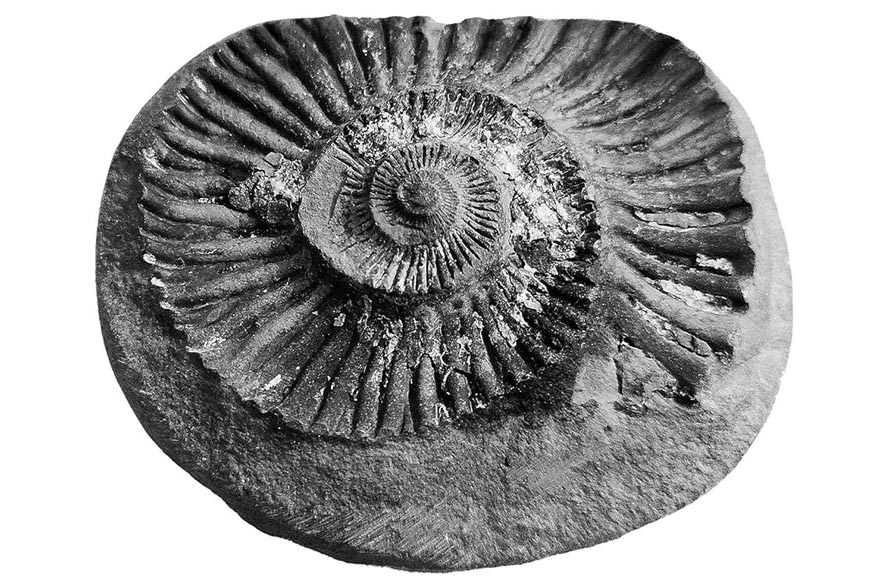Shaligrama vs Sudarshana

Shaligrama vs Sudarshana
Sudarshana is a type of shaligrama like other types Rama, Narasimha etc. Within Sudarshana, there are a few more sub-types. Generally, sudarshana shaligrama’s characteristic is a single chakra. Based on this classification, other types of shaligramas which are broken are cut and shaped with a single intact, leftover portion and soled as Sudarshanas. They are still worship-worthy.
Such types of Sudarshanas are set in a ring or pendant and worn by some. People may avoid this to restrict taking shaligramas to all places along with us (reading, toilet, wearing shoes, etc). These are not meant to be ornaments but to worship and be kept in the highest regard.
Two is company and three is a crowd
DSCN1616
One does get the joy of worshiping many shaligramas and many of us want ‘many’ of them on our altar. From personal experience, beyond a certain point, it becomes a collectible rather than a holy possession. When you have very few rare ones in hand the bhakti bhava is different and gradually reduces as you keep buying more and eventually you want to have all varieties and no limit to the collection. Having said this, still I do not want to part away with any of my cherished collections. I have received many from many sources and I am thankful to them for the rest of my life for providing me with this opportunity in this life.
Buying is Sin
Shastras prohibit buying shaligrama to discourage selling. Selling one for money is a greater sin. Without buyers, there are no sellers. That’s the logic. I believe, buying for personal worship and not for reselling is a pardonable sin, perhaps.
In this age of kaliyuga, we do not have tapasya in us to get them without paying a price. Sellers do make a living out of that and they are not to be blamed as well. Both should do prayaschitta and offer sincere prayers to god to pardon us.
Regular Worship
The shaligramas are living beings appearing as nonliving objects. We do not fail to water and feed holy beings in our premises like tulasi, cows, and brahmana. We do realize they have to be fed every day. God does not depend on or require our offering but we should treat Him above others and worship every single day. The mundane life and shortage of time are not an excuse and the least one can do is to offer sandalwood paste, Tulasi leaf, lighting lamp, water naivedya, and a mangalarathi after sandhyavandane. If none of this is possible on a specific day for things out of our control please read the shloka composed by our shree bheemasena devaru called mAnasa puja
The oil we use for lighting should be pure gingelly (til) oil. Please do not use the mixed oil named ‘lamp oil’. They are a mixture of rice bran and such cheaper oils with a little bit of til oil.
Offering a ghee lamp is much more beneficial. However, use only the ones that are sold as ‘pure cow ghee’. We can not verify their claim but prefer a claimed one rather than an unclaimed one.
Our Lord is the master of this universe, the cosmos. He is a master of even Shri Lakshmi deviyavaru. He does not require our (well, everything is already His though) offers. But to show our gratitude and gain His grace we have to please Him through Vedic worship. They instruct golden objects (ornaments and puja vessels) for Lord’s worship and silver ones for the forefather (pitru shrarda etc) oblation. We are required to satisfy our own day-to-day needs first before investing more money in prayer things. That’s understandable but offer minimum (even 1/2 gram of it) one gold offering. If we are reading this in a computer or a smartphone we can certainly afford silver puja vessels.




